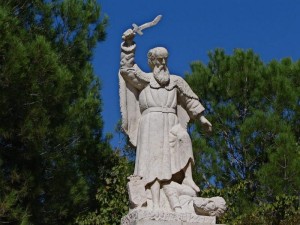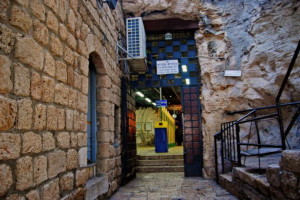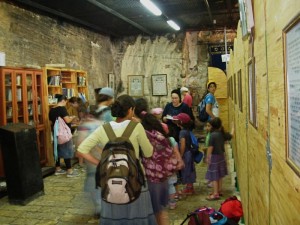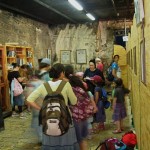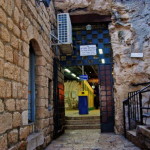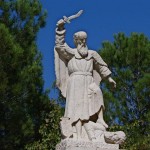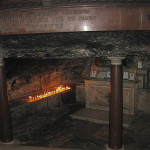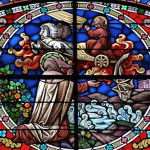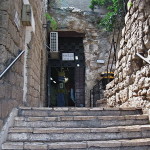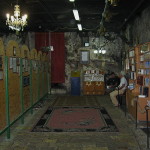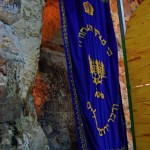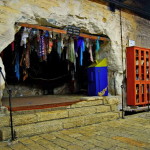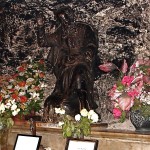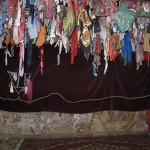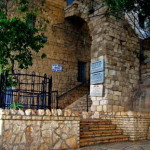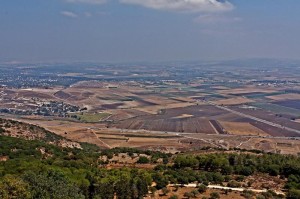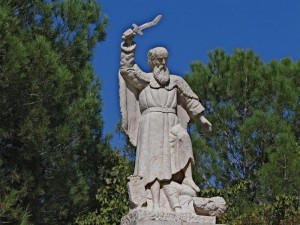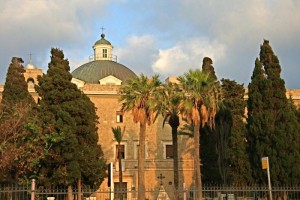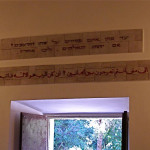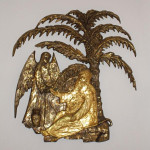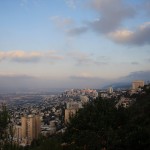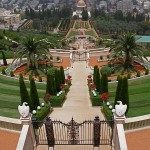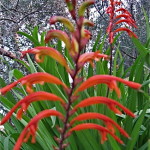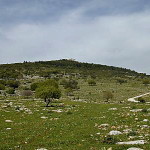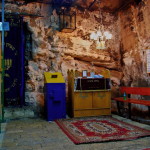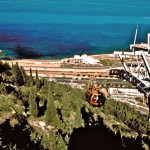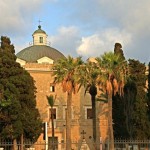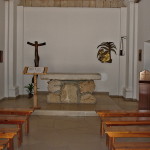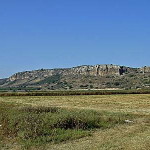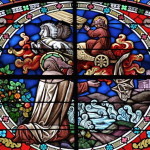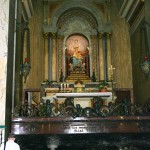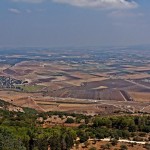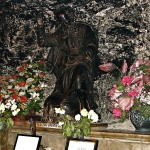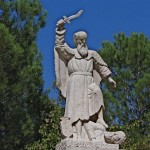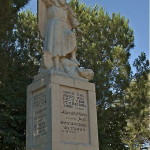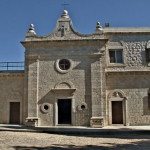Israel
The caves of Mount Carmel were well known to Elijah, the Old Testament prophet. Here he sometimes lived — and sometimes had to hide.
On the northern slope of Mount Carmel, near the Haifa beach, is a cave where the prophet is believed to have meditated before his fateful encounter with the priests of Baal.
In this encounter, described in 1 Kings 18:1-40, Elijah issued a challenge to 450 pagan priests. Before an assembly on the summit of Mount Carmel, he called on the priests to seek fire from their god Baal to light a sacrifice.
When Baal failed to respond to their pleading, Elijah rebuilt the ruined altar of the Lord and offered his own sacrifice. Immediately fire from heaven consumed the offering, even though it had been soaked in water.
Venerated by four faiths
Elijah’s Cave can be approached by stairs from Allenby Road, near Haifa’s cable car. It is also accessible down a steep path from the Carmelite church on Stella Maris Road.
The cave, about 14 metres long, is situated in a residential dwelling. It is open to the public, with separate areas for males and females. Adjacent buildings served as a hostel from the late 19th century.
Elijah is venerated by Jews, Christians, Muslims and Druze, all of whom come as pilgrims. Writings left by pilgrims in past centuries can be seen on the cave walls.
Curative properties have been ascribed to the cave over the years, including the curing of mental illnesses.
Possible site of ‘school of prophets’
Among the traditions associated with the cave is that Elijah hid here from the wrath of Jezebel, who had introduced worship of her Phoenician god Baal to the land.
It is also thought that Elijah established a “school of prophets” here on his return from exile at Mount Sinai. If so, this would be where his successor Elisha, among others, studied.
No Old Testament prophet is referred to as frequently in the New Testament as Elijah. Both Jesus and John the Baptist were on occasions thought to be reincarnations of Elijah.
A small cave under Stella Maris Monastery, at the western edge of Mount Carmel, is held by a Christian tradition to be a place where Elijah also occasionally lived.
Other sites in the area:
In Scripture:
Elijah triumphs over the priests of Baal: 1 Kings 18:1-40
Administered by: Israel Ministry of Religious Affairs
Open: Sun-Thur 8am-5pm, Fri 8am-1pm
- Women’s section of Elijah’s Cave (Daniel Ventura)
- Entry to Elijah’s Cave, males to the right, females to the left (© BibleWalks.com)
- Statue of Elijah at Mukhraka (© Biblicalisraeltours.com)
- Cave of Elijah in Stella Maris Church (© Deror Avi / Wikimedia)
- Stained glass window in Stella Maris Monastery showing Elijah going up to heaven in a chariot of fire (© BibleWalks.com)
- Steps up to Elijah’s Cave (© Ori~ / Wikimedia)
- Men’s section of Elijah’s Cave (© Ori~ / Wikimedia)
- Cavity shared by both wings of Elijah’s Cave, where a person can pray in solitude (© BibleWalks.com)
- Women’s section of Elijah’s Cave (© BibleWalks.com)
- Statue of Elijah in cave under Stella Maris Monastery (Joe Freeman)
- Scarves and other clothing items left by female visitors to Elijah’s Cave (© Ori~ / Wikimedia)
- Yard in front of entrance to Elijah’s Cave (© BibleWalks.com)
References
Blaiklock, E. M.: Eight Days in Israel (Ark Publishing, 1980)
Brownrigg, Ronald: Come, See the Place: A Pilgrim Guide to the Holy Land (Hodder and Stoughton, 1985)
Freeman-Grenville, G. S. P.: The Holy Land: A Pilgrim’s Guide to Israel, Jordan and the Sinai (Continuum Publishing, 1996)
Gonen, Rivka: Biblical Holy Places: An illustrated guide (Collier Macmillan, 1987)
Inman, Nick, and McDonald, Ferdie (eds): Jerusalem & the Holy Land (Eyewitness Travel Guide, Dorling Kindersley, 2007)
External links
Elijah’s Cave, Carmel (BibleWalks)
Elijah’s Cave, Haifa (Sacred Destinations)

